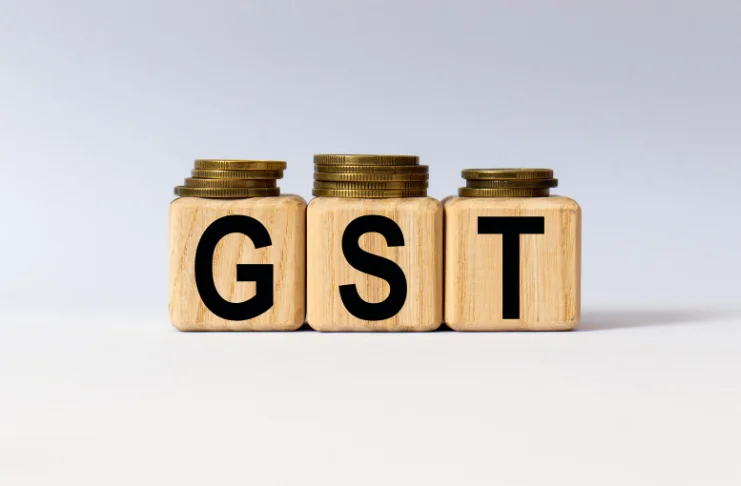India’s restaurant industry, estimated at over ₹75,000 crore, is governed by one tax system: the Goods and Services Tax (GST). Whether you’re running a cloud kitchen in Bengaluru or a fine-dining space in Delhi, GST registration for restaurants is non-negotiable. In fact, it’s a legal and financial imperative that directly impacts your pricing, profitability, and compliance standing.
Without GST registration, restaurants risk penalties, operational disruptions, and limited scalability in an increasingly competitive market.
That’s why understanding how GST applies to restaurants, the registration process, and key regulatory requirements is important. It can help you avoid legal pitfalls, optimize costs, and maintain seamless tax compliance. Hence, this guide.
What is GST, and Why Does It Matter for Restaurants?
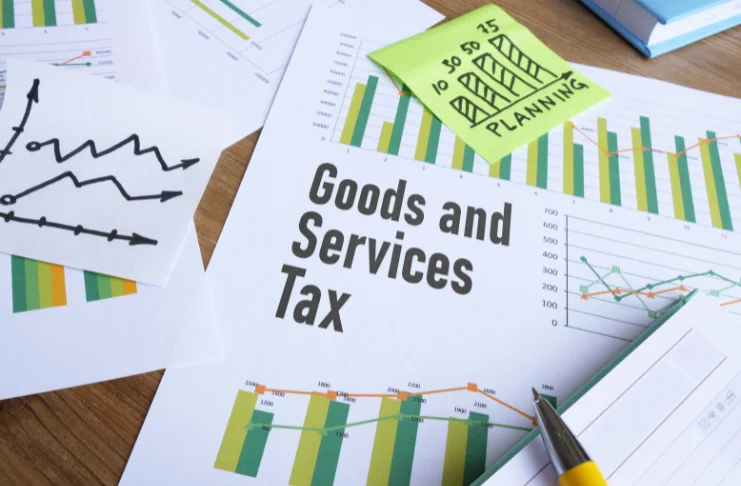
The Goods and Services Tax (GST) is a unified indirect tax that replaced India’s fragmented tax structure—central excise, VAT, service, luxury, and more. For restaurant businesses, GST is a way to define pricing, invoicing, and profitability.
The key reasons it matters are:
- Transparency: Customers see exactly what tax they’re paying.
- Efficiency: One tax, one registration, one return format.
- Scalability: Simplifies interstate expansion by removing entry tax and state-specific laws.
- Cost Control: Enables input tax credit (ITC) for eligible restaurants, lowering the effective tax burden.
Without GST registration, a restaurant cannot legally issue GST-compliant invoices, claim tax credits, or expand under lawful tax operations.
Who Needs GST Registration: Eligibility Criteria for Restaurants
GST registration for restaurants is mandatory under Indian tax law if your annual turnover exceeds ₹20 lakh (₹10 lakh for special category states). But turnover isn’t the only trigger.
You must register if:
- Your restaurant business operates in multiple states.
- You want to collect tax and issue GST-compliant invoices.
- You opt for the Composition Scheme or want input tax credit.
- You run an AC restaurant, supply alcohol, or offer hotel accommodation services.
Voluntary registration is also allowed, even if you fall below the threshold. Many new-age delivery kitchens do this to claim ITC and operate with formal tax credibility.
Types of GST Applicable to Restaurants

The restaurant industry can be subject to three types of GST, depending on location and supply structure:
- CGST (Central GST): Levied by the central government
- SGST (State GST): Levied by the state government
- IGST (Integrated GST): Applied on interstate supplies, including online food aggregators
The type of tax you pay depends on whether you operate within a single state or across state lines. For example, you’ll pay the following taxes in these scenarios:
- Intra-state supply (same state): CGST + SGST
- Interstate supply (different states or via delivery platforms): IGST
- Hotel & food services bundled with room tariff: GST rates vary by slab and service combination
Being clear on this classification is essential not just for GST compliance but also for accurate billing and filing of GST returns. Mistakes can lead to notices from tax authorities, delayed input tax credits, or audits.
GST Rates Applicable to Restaurants
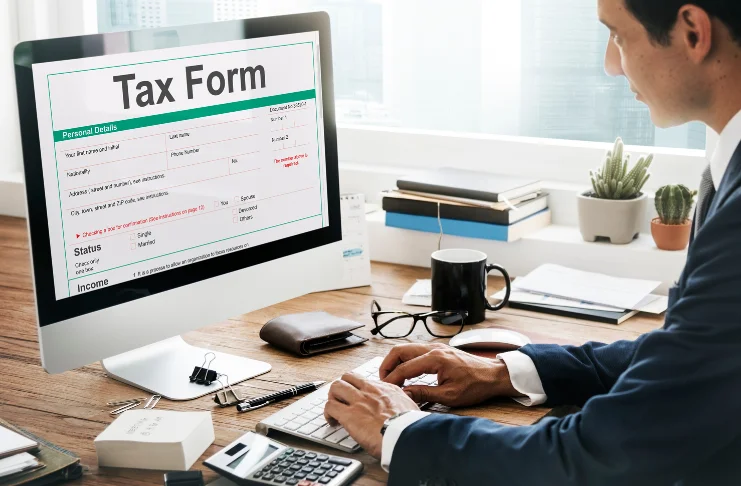
GST rates in the restaurant business depend on service format, location, and the presence of value-adds like air conditioning or hotel accommodation.
Here’s the breakdown:
- Non-AC restaurants are taxed at 5% GST without input tax credit (ITC) benefits.
- AC restaurants also fall under the 5% slab, but ITC remains disallowed.
- If your restaurant is housed within a hotel where the room tariff is below ₹7,500, GST remains at 5% without ITC.
- If that room tariff equals or exceeds ₹7,500, the rate jumps to 18%, but now the input tax credit ITC becomes claimable.
- The applicable GST rate for outdoor catering is 18% with full ITC.
- Takeaway and delivery outlets are charged 5% without ITC benefits.
- If you serve alcohol, GST doesn’t apply to liquor—states impose VAT—but food and non-alcoholic beverages attract 5% to 18% GST, depending on the setup.
Crucially, opting for a lower GST rate often disqualifies you from claiming an input tax credit, which affects your long-term cost structure. Many restaurants miss this trade-off in the pursuit of a lower advertised tax.
To make an informed call, evaluate your major cost centers. If your overheads (rent, utilities, raw materials) are high, you may be better off operating under the 18% slab with ITC access.
INDUSTRY INSIGHT
| Before April 1, 2025, restaurants located within hotels faced uncertainty in determining the applicable GST rate, as it depended on real-time room tariffs. For instance, if a hotel sold a room for ₹8,000 on March 31, 2025, it would retrospectively affect the GST rate for restaurant services rendered throughout the financial year, potentially leading to compliance issues and unexpected tax liabilities. To address this, the GST Council introduced a retrospective mechanism effective from April 1, 2025. Under this system, the GST rate for restaurant services within hotels is determined based on the highest room tariff charged in the preceding financial year. If any room was rented above ₹7,500 in FY 2024-25, the restaurant services in FY 2025-26 would attract 18% GST with Input Tax Credit (ITC). Otherwise, a 5% GST rate without ITC applies.This change provides clarity and allows hotels to plan their pricing and tax strategies more effectively, reducing the risk of unforeseen tax obligations. |
Composition Scheme for Restaurants: Should You Opt In?
The GST Composition Scheme offers simplified compliance for small restaurant businesses with an annual turnover not exceeding ₹1.5 crore. But simplicity comes at a cost.
Under this scheme:
- You pay GST at a fixed rate of 5% on turnover (2.5% CGST + 2.5% SGST).
- You cannot issue tax invoices, only bills of supply.
- You’re not eligible to claim input tax credit.
- You must mention “composition taxable person” on every bill and at your place of business.
- Returns are filed quarterly via Form GST CMP-08, not monthly.
This scheme is ideal for small-scale dine-in outlets where the compliance burden outweighs the benefits of ITC. However, it can limit your ability to do business with corporates or aggregators who require full GST-compliant invoices and tax transparency.
If you plan to scale, invest in infrastructure, or deal in high-input-cost operations (like catering or multi-unit supply), opting out of the composition scheme may be financially smarter in the long run.
Step-by-Step GST Registration Process for Restaurants

Whether opening your first café or scaling into a multi-city brand, getting GST registration is non-negotiable. Here’s how to do it through the official GST portal without missteps.
Step 1: Visit the GST Portal
Go to www.gst.gov.in and click “Register Now” under the Services tab.
Step 2: Fill Part A of the Application
- Choose “New Registration”
- Select “Taxpayer” as the user type
- Enter your state, legal business name (as per PAN), email, and mobile number
- Verify using OTP
Step 3: Receive Temporary Reference Number (TRN)
Note the TRN generated. Use it to continue with Part B.
Step 4: Fill Part B – Business & Operational Details
- Legal name, PAN, and constitution of the business
- Details of your restaurant (address, business verticals, electricity bill, ownership proof)
- Upload bank account details (passbook copy/canceled cheque)
- Authorized signatory’s details
- Upload necessary documents: PAN, address proof, photos, and license if available.
Step 5: Verification and Submission
- Use DSC (for companies), E-sign (Aadhaar OTP), or EVC to submit
- ARN (Application Reference Number) is generated
Step 6: Receive GST Registration Certificate
If all documents are in order, you’ll receive your GST registration certificate (Form GST REG-06) within seven working days.
Pro tip: Keep soft copies of all submissions. Errors or mismatches can lead to rejection or delay, especially if your restaurant services vary based on format or state.
Documents Required for GST Registration for Restaurants
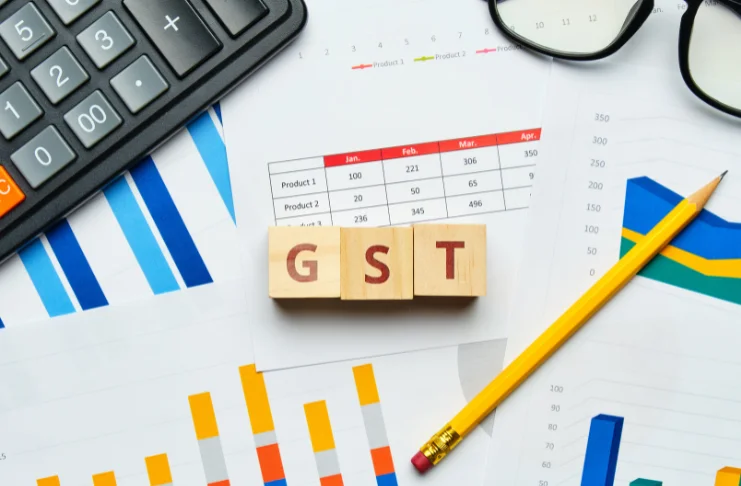
Restaurant owners must prepare tight documentation before applying for GST registration. Missing or mismatched entries are the top reason applications get rejected.
Here’s what you need:
- PAN of the business – Mandatory for all types of ownership
- Proof of business registration – Partnership deed, incorporation certificate, etc.
- Identity and address proof of promoters – Aadhaar, PAN, passport, voter ID
- Photographs – Passport-sized, of the proprietor or authorized signatory
- Business address proof – Rent agreement, ownership deed, or recent electricity bill
- Bank account details – Passbook copy, bank account statement, or canceled cheque
- Authorization letter or board resolution – For designated signatories
- FSSAI license (if available) – Validates your presence in the food services sector
If your restaurant is part of a hotel or you’re offering bundled hotel accommodation services, you should also include relevant hospitality licenses.
To ensure GST compliance, scan documents, match them with your PAN and business name, and double-check every upload before submission on the GST portal.
Input Tax Credit (ITC) for Restaurants: Who Gets It and Who Doesn’t
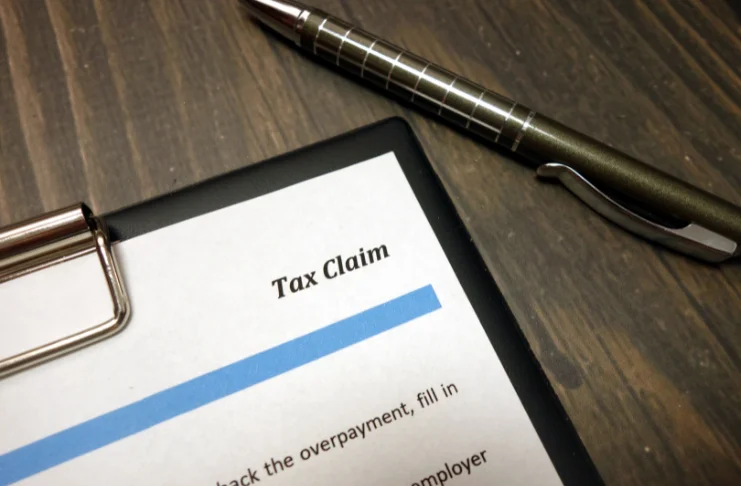
Input tax credit (ITC) lets you deduct the GST you’ve already paid on inputs like raw materials, equipment, or rent from the GST you collect from customers. However, in the restaurant industry, ITC isn’t for everyone.
Who Can Claim ITC?
Only restaurants that charge 18% GST are eligible. This includes:
- Restaurants in hotels with a room tariff of ₹7,500 and above
- Outdoor catering businesses
- Any restaurant opting out of the composition scheme and registered under the regular structure.
Who Can’t Claim ITC?
Restaurants taxed at 5% GST, including most standalone, non-AC, or even AC restaurants, cannot avail of an input tax credit. Delivery outlets and takeaways also fall under this restriction.
What Can You Claim ITC On?
If eligible, you can claim ITC on:
- Commercial rent
- Kitchen equipment
- Interior design and fixtures
- Utilities like electricity (billed to your GSTIN)
- Professional services (CA/legal)
- Software tools for billing or inventory
But if you’re under the composition scheme or charging 5%, all these expenses become sunk costs; you can’t offset them.
The takeaway? Restaurants with high operating costs may benefit from switching to the 18% bracket to legally avail input tax credit and reduce their effective tax burden.
GST Compliance Checklist for Restaurant Owners
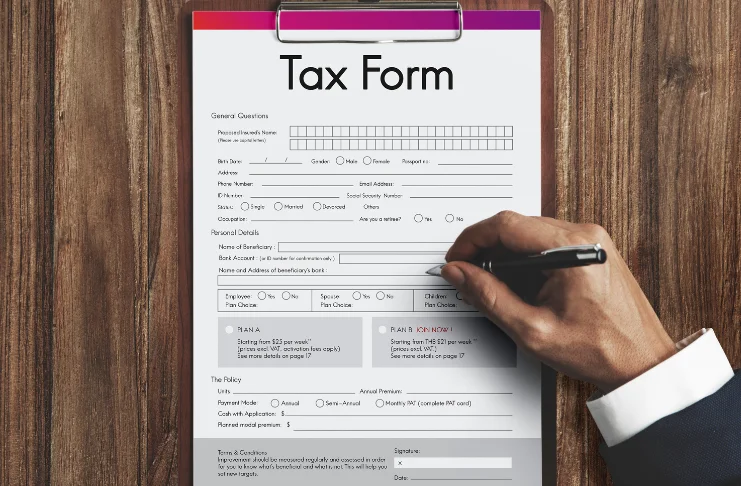
Maintaining GST compliance is essential to avoid penalties and ensure smooth operations. Here’s a structured checklist of the key tasks to stay on top of as a restaurant owner:
1. Filing GST Returns On Time
Ensure you file the correct returns on time. Depending on your setup, you must file GSTR-3B monthly or GSTR-4 quarterly if you’re under the composition scheme.
For regular taxpayers, GSTR-1 must be filed by the 11th of each month to report outward supplies. Timely filing prevents interest and penalties.
2. Maintaining GST-Compliant Invoices
Every sale must come with a GST-compliant invoice. These invoices should feature your restaurant’s GST number, applicable GST rates, the tax amount, and the nature of the transaction. This is non-negotiable for businesses dealing with large orders, corporate clients, or delivery platforms.
3. Making GST Payments
You must pay GST based on your sales and the input tax credit you claim. Payments should be made via the GST portal and must align with the sales cycle, ensuring timely settlement to avoid interest.
4. Tracking Input Tax Credit (ITC)
Restaurants under the 18% GST rate can claim input tax credit (ITC) on purchases such as kitchen equipment, utilities, and rent. Regularly check your ITC balance to ensure you’re optimizing savings.
For restaurants taxed at 5%, ITC isn’t available, which changes your financial strategy.
5. Record-Keeping for Audit Purposes
A restaurant must keep all GST-compliant invoices, GST returns, and payment records for audit purposes. Maintain physical or digital records of:
- Outward supply invoices (sales)
- GST return filings (GSTR-1, GSTR-3B, etc.)
- Bank statements proving GST payments
This documentation will be essential during GST audits or if tax authorities request verification of your filings.
6. Regularly Review GST Rates
The GST rates applicable to your restaurant may evolve with changes in business activities, like introducing delivery services or selling alcohol. It’s crucial to stay updated with GST regulations and adjust your operations accordingly.
7. Engage a Professional
If your restaurant’s operations are complex (multi-location, catering services, or offering both food and accommodation), it’s wise to consult a chartered accountant (CA) or GST consultant. They can ensure that you’re maximizing ITC and are fully compliant with evolving tax laws.
Conclusion
Navigating GST registration and compliance is crucial for restaurant owners in India. By understanding the GST rates, maintaining accurate records, and filing returns on time, you can avoid penalties and optimize input tax credit benefits. Staying informed and leveraging professional help when needed will ensure smooth operations and long-term success for your restaurant.
Frequently Asked Questions
1. What is the maximum limit for GST registration?
For most states, GST registration is mandatory when the annual turnover exceeds ₹40 lakhs. However, for special category states (like the North-Eastern states), the threshold is ₹20 lakhs. Restaurants must register if their turnover exceeds these limits.
2. What is the GST composition scheme?
The GST composition scheme is a simplified tax structure for small businesses with a turnover of up to ₹1.5 crores. It allows businesses to pay tax at a reduced rate, but they cannot claim input tax credit (ITC). This scheme is ideal for restaurants that want easier compliance and have minimal ITC claims.
3. How to check GST number?
To verify a GST number, visit the GST portal. Use the ‘Search Taxpayer’ feature by entering the GSTIN to verify its status. This will help you confirm whether a business is GST registered and its current compliance.


